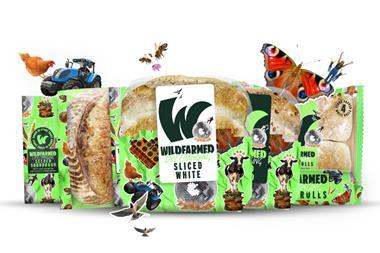There appears to be a growing move mainly in the non-food retail arena for retailers to look to consignment stock as the way forward to grow sales, optimise promotions and protect cashflow.
Under a consignment agreement, the consignee takes possession of the commodity and is permitted to sell it, but does not take title. The consignor is typically paid for goods on sale, and any unsold goods will normally be returned by the consignee to the consignor.
Such an agreement changes the risk profile for the manufacturer/supplier and for the retailer. The supplier remains the owner of the goods/commodities in the supply chain, but also bears the cost of losses/shrinkage. The retailer does not need to pay until the goods have been resold, so consequently cashflow is improved for them. It is therefore vital that both parties ensure that the consignment agreement is formulated very carefully.
I am currently engaged in a piece of work looking at a fresh food category in the retail market that seems to have fallen down the pecking order, especially when you consider its level of importance and contribution to sales and profitability - namely bread and morning goods.
Now, I have become a bit of a bore when it comes to this subject. Ever since my days as a store manager, when most fresh foods were ‘over the counter’ and the dairy range was in its infancy, it was drummed into you that bread and morning goods were an area that if you managed the sales mix properly, were a very profitable area of the store.
You were encouraged to keep the fixture well presented, monitor sell-out times, etc. As a manager, I was targeted to achieve a participation level of 25% of total sales in morning goods, and this lesson stayed with me throughout my career and became a benchmark to use when working with bread suppliers.
While this project is at an early stage, the preliminary results are showing that the bread fixture (not in-store baked goods) in most retailers is sadly neglected. Both presentation and out of stocks, especially in the higher-margin products, are poor, with both measures deteriorating badly as the trading day progresses.
So is this the perfect food commodity to be the first to consider as consignment stock, with the supplier taking over the ownership of the bread fixture, deciding on stock levels, wastage, and managing the merchandising layout?
Of course, both sides of this equation have to consider many things, but it could be that the winners are not only the retailer and supplier, but more importantly the consumer - who perhaps will see the term ‘morning’ goods consigned to history!
Sign in to comment on this article
Not logged in before? Register for FREE guest access today.
You will be able to:
- Read more stories
- Receive daily newsletters
- Comment on stories
Advert















No comments yet